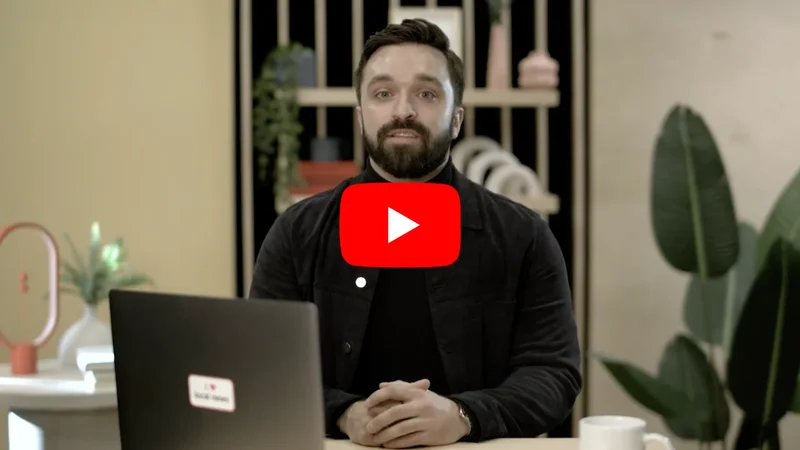Grow Digital Ad Revenue with Google Ad Manager
Get started with Google Ad Manager to increase digital ad revenue
Get started with Google Ad Manager

Google Ad Manager is an ad management platform that allows you to sell ads directly and programmatically by using multiple ad exchanges and networks. It is a good solution for you if you launch direct advertising deals, have an ad operations or sales team, want to leverage third-party network deals, or serve ads in different formats like display, app or video. If those don’t apply to you, check out AdSense instead.
Google Ad Manager’s automations can help you earn more with less effort, surface insights and opportunities, and save you time and money by simplifying processes.
In this lesson, learn how to:
- Manage your ad inventory
- Create ad placements
- Automate ad tags
- Prepare for a privacy-first future
Log in to Google Ad Manager
- Go to admanager.google.com
- Click Sign In
- Select your Google account, or enter your email and password
Customize the Overview dashboard:
- See impressions, revenue, eCPMs by dimensions and channels
- Compare performance over time
- Get insights and suggestions on pricing rules, demand, ad types, errors, and advertisers

Manage your Ad Inventory

The more organized your ad inventory, the more likely you’ll be in to serve the ads you want, in the right place, at the right time.
An ad unit is where an ad can appear. Ad inventory is all of the available ad units across your site.
Ad units are organized into a hierarchy:
- Top level units, also known as parent units, can be used to target both top level and lower level units
- Lower level units, also known as child units, inherit attributes from top level units
For example, your top level unit might be your site, the second level might be the sports section, and third level might be soccer. You should use this hierarchy to organize our ad inventory for each unit.
Set up an ad unit
- Log in to Google Ad Manager
- Go to Inventory > Ad units
- Click New ad unit
- Select the top level unit for Parent ad unit
- Name the ad unit. Give a representative name (e.g. World_News_Online_BoxATF, which specifies this is an Above the Fold placement). Optionally, add a unique identifier or description
- Set the ad’s size.
- Set the Target window, which is what happens when you click on the ad - it can load on the same page, or open a new window (by default, _blank sends the ad to a new window)
- Set any advanced settings.
- Click Save.
💡 Best practices:
- Mirror your ad units to how your site is organized
- Nest related lower-level ad units within a top-level ad unit

Create ad placements

Placements are a way to group ads so advertisers can target specific kinds of ads. For example, a sports gear retailer might only want to appear near sports stories across your site.
Common placements include:
- Sizes, like all of the leaderboards on your site
- Topics, like sports, travel, or weather
- Location on the page, like below the header
- Seasonality, like for holidays or other certain times of year
- Homepages, if you own multiple news sites
Create an ad placement
- Log in to Google Ad Manager.
- Go to Inventory > Ad units > Placements
- Click New placement and enter a name
- Add a description
- Go to Inventory and select the relevant ads
- Click Save
💡Best practice: Avoid assigning ads to multiple placements, as this can complicate reporting

Generate ad tags with Googler Publisher Tags

Once you’ve created your ad units and placements, you’ll need Google Publisher Tags. Google Publisher Tags (GPT) helps you tag ads automatically without having to manually edit code.
- Log in to Google Ad Manager.
- Go to Inventory > Ad units
- Click on an ad unit's name
- Go to Tags in the ad unit details
- Select the relevant tags, like sizes, and click Continue
- Copy the tags from Tag results
- Send them to your developer to include in the source code
You can also create ad tags manually, but Ad Manager provides a tag generator that helps you or your developer create an appropriate tag.

Prepare for a privacy-first future

People are asking for more privacy on the web - while two-thirds of consumers want ads that are customized to their interests, nearly half are uncomfortable sharing personal information in exchange for tailored ads.
To meet those expectations, Google is moving away from third-party cookies and advertising solutions that track individual users as they browse.
What are third-party cookies?
Cookies make browsing the web easier by saving browsing information, like your login, preferences, or location. First-party cookies are created by the site you’re using, while third-party cookies are created by other sites.
What is Google doing about third-party cookies?
Privacy Sandbox is a series of proposals to phase out third-party cookies, while:
- Building new technology to keep your information private
- Enabling publishers and developers to keep online content free
- Collaborating with the industry to build new internet privacy standards
What can I do to make my news site more privacy-friendly?
70% of publishers believe that their ability to activate first-party data will be a significant advantage in a privacy-first future.
- Encourage your audience to sign up for newsletters or subscriptions, which will give you first-party data that helps you better understand them
- Allow first-party cookies by going to Admin > Global settings > Ad preferences > First-party cookies for ads.
- See Privacy Sandbox’s timeline and share your feedback.










